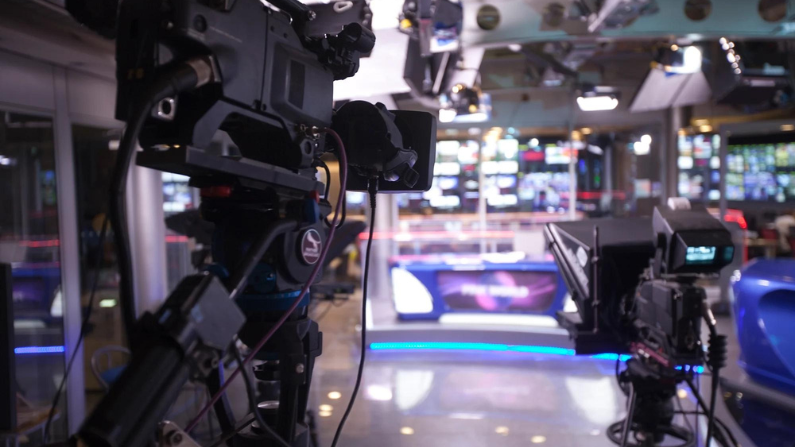Discover TSL’s expansive range of modular and individually deployable broadcast control solutions with the exclusive control toolkit. Top-tier broadcast and media companies are already benefiting from these solutions to enhance workflows and reduce costs to deliver more and better content across their platforms.
Router Control
From a TSL control panel, whether hardware or virtual, operational staff can control the routing of media using the same routing control workflows for all different media types.
TSL Control includes industry-standard workflows such as dynamic XY routing, multi-level routing and breakaways, take/multi-take functions, salvos, audio follow video, virtual loops, reverse routes and many more. TSL Control enables manufacturer-agnostic control of any router (or routers) regardless of signal type or format – this includes both IP (ST 2022/2110) and baseband signals. The TSL X-Connect product is fully compliant with NMOS IS-04 and 05 and utilises any of the wide range of protocols used within the broadcast industry to control baseband routing. TSL Control may also allow you to extend the life of your existing router control panels, keeping your operators with familiar user interfaces while you transition to the latest technology for signal distribution and routing.
The outcome is a single control system that bridges and controls all the various routers across your broadcast system reducing the number of control systems and interfaces that the broadcaster will be required to purchase and allowing for hybrid operation.
Trusted by: Berklee College of Music

Use Case: Berklee College of Music (Berklee NYC)
To remove the requirement of hired OB truck facilities, Berklee College of Music built an IP-based infrastructure into their facility based on Riedel technologies endpoints and gateways.
TSL’s X-Connect is responsible for the media flow management and real-time routing control across the multi-switch system. This allows any of Berklee NYC’s four recording studios to operate separately or share audio and video resources on larger projects.
Anything to Anything (machine control routing)
A broadcaster may wish to have an array (or pool) of devices that can be dynamically allocated or routed flexibly on a production-by-production basis. These devices may be from different manufacturers (EVS, Evertz, Grass Valley, Black Magic etc) and have different control panels, interfaces, and protocols.
Professional equipment is expensive. Often there is a control surface or device that operators interact with that is connected to a processing device that is located somewhere else. The processing devices are bought as required, however having a dedicated controlling device for each processor is expensive and limits the operational environment.
TSL Control can form a virtual control router, allowing for control of any of the devices to be routed to the appropriate operator. The system can also act as a “Protocol Translator” allowing devices from different manufacturers to be controlled from the same control surface or interface. Furthermore, this virtual router can be controlled from the customer’s broadcast control system, allowing Control to be routed alongside media.
Trusted by: Leading National American Broadcast Networks, Ross and Riedel.

Use Case: A Leading National American Broadcast Network
A Leading National American Broadcast Network uses TSL Control to route video server control between their Sony XVS mixers and Evertz Dreamcatcher video servers.
At the software level, the system is comprised of several input and emulator protocols and a separate number of output and controller protocols.
On the back end, a group of TSL GTPs connect to the available video servers, again using AMP protocol.
Additionally, there are two separate GTPs that are known as the Router GTPs. These two act as a primary/backup redundant pair running in active/active mode.





